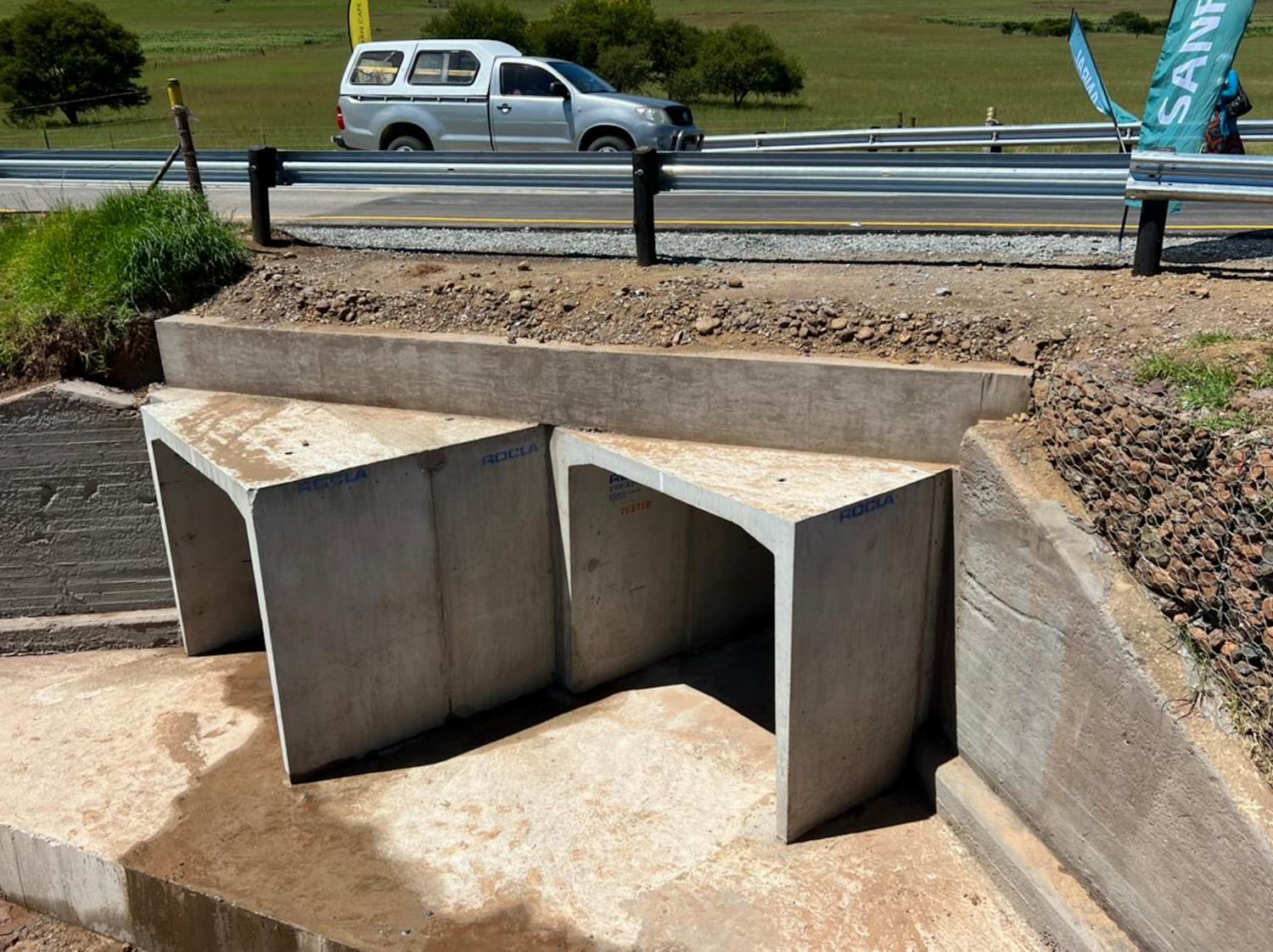In civil engineering and infrastructure development, selecting suitable materials for underground applications is crucial to ensure longevity, structural integrity, and cost-effectiveness. Concrete box culverts have emerged as a popular choice for underground infrastructure projects due to their durability, versatility, and ease of installation.
However, assessing the suitability of concrete box culverts for underground applications requires a comprehensive understanding of their design, construction, and performance characteristics.
This article explores the factors influencing the viability of concrete box culverts for underground use, examining their advantages, challenges, and considerations.
Understanding Concrete Box Culverts
Concrete box culverts are structures often used to transmit water, rainwater, or other fluid flows beneath constructions such as highways, trains, or pedestrian pathways. These structures can be precast or cast in place.
These structures are made up of pieces that are either rectangular or square in shape and have open bottoms, which allow water and sediment to travel through them.
The load-bearing capacity, hydraulic efficiency, and structural integrity of concrete box culverts are some of the specific design requirements that are met during manufacturing. The installation of culverts, bridge abutments, stormwater management systems, and underground utility crossings are popular applications for these structures.
Advantages of Concrete Box Culverts for Underground Applications
Concrete box culverts offer several advantages that make them suitable for underground use:
1. Structural Strength
Concrete box culverts are designed and constructed to endure heavy loads, such as those caused by automotive traffic, soil pressure, and hydrostatic forces. Because of their sturdy structure and reinforced design, they offer great structural strength and stability, which guarantees long-term performance and endurance in underground situations.
2. Durability
Because of its inherent durability and resistance to corrosion, erosion, and degradation, concrete is an excellent material for underground applications, which are frequently subjected to extreme environmental conditions.
Concrete box culverts that have been planned and installed correctly can:
- Endure the effects of moisture
- Chemicals
- Temperature fluctuations
This preserves their structural integrity over time.
3. Versatility
Box culverts made of concrete offer adaptability in terms of design and installation since they can accommodate a wide range of sizes, forms, and combinations to meet the requirements of your particular project.
Personalizing them with structures for intake and outflow, wing walls, headwalls, and other accessories can assist in efficient flow management and erosion control in underground drainage systems.
4. Ease of Installation
It is possible to make precast concrete box culverts off-site and then transport them to the construction site. This simplifies the installation process and increases the amount of time that is spent on construction.
It is also possible to create cast-in-place box culverts effectively by utilizing modular formwork systems, which reduces the workforce and equipment required for on-site casting.
5. Hydraulic Performance
Concrete box culverts are constructed to provide smooth flow conveyance with a moderate amount of head loss and turbulence to maximize the effectiveness of the hydraulic system.
Because of their smooth inner surfaces and accurate dimensions, they can allow unobstructed flow conditions, hence lowering the likelihood of sediment building, debris collection, and flow constraints in underground drainage channels.
Challenges and Considerations
Despite their numerous advantages, concrete box culverts present specific challenges and considerations for underground applications:
1. Design Complexity
To ensure optimal performance and endurance, designing concrete box culverts for underground installations requires careful consideration of hydraulic, structural, and geotechnical variables.
To determine the optimum culvert size, alignment, and placement depth, it is necessary to assess site-specific circumstances such as soil characteristics, groundwater levels, and hydraulic loads.
2. Installation Constraints
Because of restricted access, constrained workplaces, and site constraints, installing concrete box culverts underground can be a challenging endeavor.
It may be necessary to make use of specialized machinery, such as cranes, excavators, and trench shoring systems, in order to securely excavate trenches, position culverts, and backfill the soil in the surrounding area without jeopardizing the structural stability or the safety of the workers themselves.
3. Joint Sealing and Waterproofing
In subterranean concrete box culverts, it is vital to seal joints properly and waterproof them to minimize water infiltration, soil erosion, and structural damage. In underground environments, it is common practice to employ:
- Sealants
- Gaskets
- Membrane systems
This is to seal joints, connections, and penetrations. This helps ensure that the joints are watertight and continue to function effectively over time.
4. Maintenance and Inspection
It is essential to perform routine maintenance and inspections to closely monitor the state of concrete box culverts and handle any problems that may develop over their lifetime.
Routine cleaning, debris removal, and sediment dredging can prevent blockages and ensure that flow is not restricted. Additionally, frequent inspections can identify signs of degradation, corrosion, or structural damage that require repair or rehabilitation.
5. Environmental Considerations
Concrete box culverts must be constructed to comply with environmental legislation and sustainability standards that regulate underground construction techniques.
Measures to minimize environmental impacts, such as erosion control, sedimentation management, and habitat preservation, should be considered in the design and construction plans for culverts to offset the potential harmful impacts on the ecosystems and water quality in the surrounding area.
Concrete Box Culverts: Building Resilient Underground Infrastructure
Concrete box culverts are well-suited for underground applications, offering structural strength, durability, versatility, and hydraulic performance in drainage, stormwater management, and utility crossing projects.
While challenges such as design complexity, installation constraints, and maintenance requirements exist, proper planning, engineering, and construction practices can mitigate risks and ensure the long-term viability of concrete box culverts in underground environments.
As demand for efficient, resilient, and sustainable infrastructure solutions grows, concrete box culverts will continue to play a vital role in supporting underground infrastructure development and enhancing community resilience against flooding, erosion, and environmental hazards.

